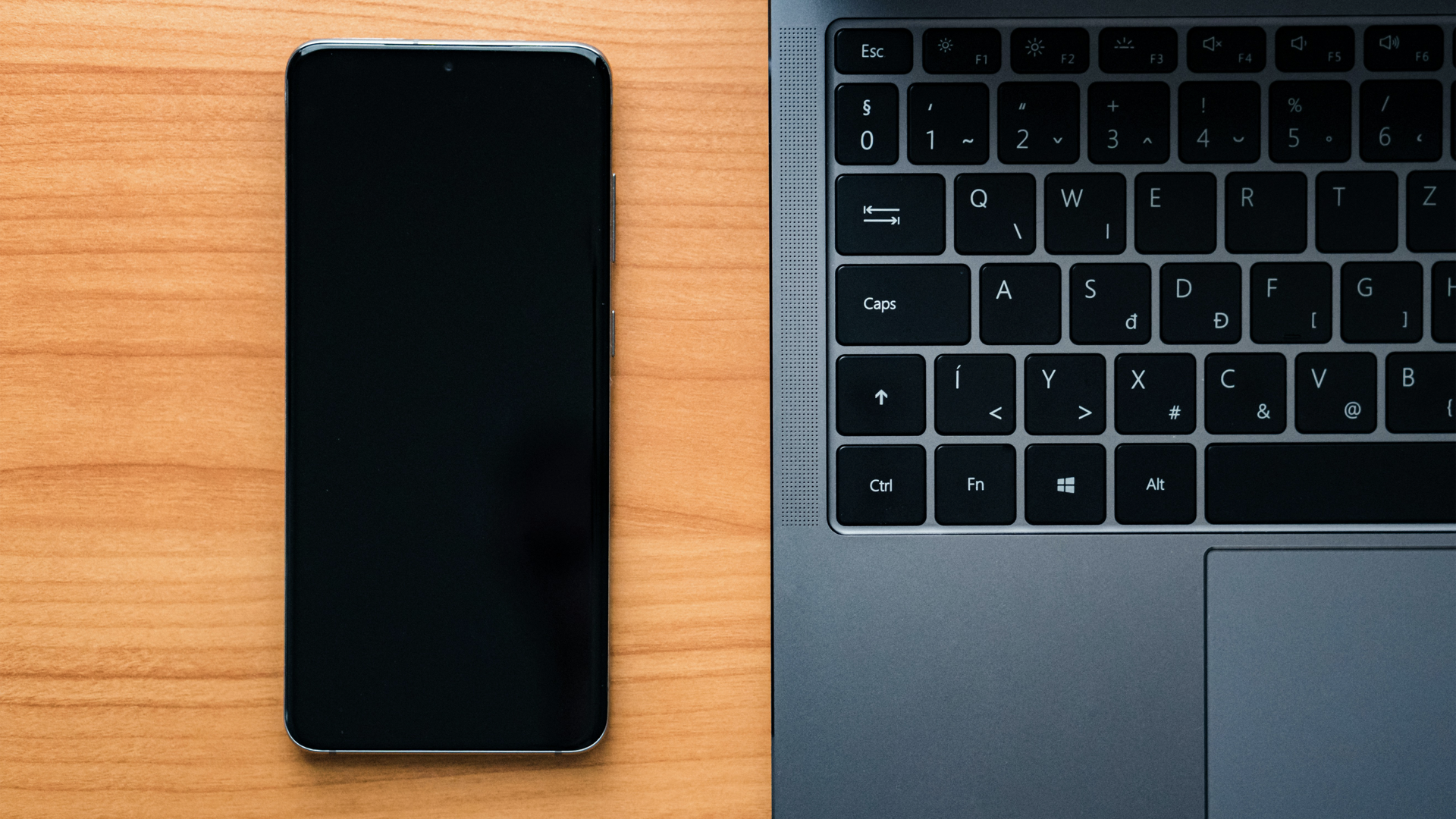
RMM vs. MDM: Key Differences and Use Cases
Both RMM and MDM solutions aim to enhance IT management by enabling remote monitoring, streamlined administration, and improved security across devices and systems.

Keeping users and their devices secure has become increasingly difficult in recent years, with data breaches and hacking attempts occurring more frequently across all industries. And with the average cost of a data breach having risen globally to $4.88 million in 2024, (marking a 10% increase since the pandemic), it could be a devastatingly costly mistake to neglect the security of your devices.
So, what can be done to mitigate the risk? Implementing a solution designed to manage devices and ensure their continued security is a good start.
MDM and RMM are both software solutions that offer device management, but they differ in their focus and capabilities, complementing each other in different ways. The best solution for your organization will depend on the features you need and the way the risks that your organization is open to. This article will explore these specific features, highlighting who would be best served by each tool.
What Is RMM?
Remote Monitoring And Management (RMM) solutions are designed to help users observe and maintain IT infrastructure and IoT (Internet of Things) devices remotely by keeping track of IT resource usage to prevent outages.
RMM software gathers information from remote endpoints and networks to properly assess their health, and to perform various remote IT management tasks without causing disruptions. RMM tools enable administrators to oversee networks, servers, endpoints, and other devices from a central dashboard, providing real-time insights and proactive maintenance. In addition to these core functions, RMM tools help with:
- Issue detection and resolution
- Asset management
- Security management
- IT support
Since RMM solutions can manage multiple clients’ IT environments simultaneously, they are also well suited to MSPs who require scalability, streamlined operations, and strong service delivery. An RMM solution can significantly improve efficiency, reduce downtime, and maintain robust security even in distributed or hybrid work environments.
What Is MDM?
Mobile Device Management (MDM) solutions enable organization to securely managed and control mobile devices used in their environments, including smartphones, laptops, tablets, etc. MDM solutions typically run on-premises or in the cloud and provide a management console for IT admins to remotely configure and manage devices.
IT admins can use the management console to push configurations and applications to mobile devices Over The Air (OTA). In this instance, the MDM server software sends out a set of commands that are applied to devices through APIs built in the operating system.
MDM provides IT administrators with tools to enforce security policies, deploy applications, monitor device usage, and protect sensitive data, ensuring compliance and productivity in a mobile-driven workforce. Additionally, these solutions support:
- Application management
- Security enforcement
- Compliance management
- Content distribution
- Geolocation and tracking
- BYOD management
MDM is essential for organizations with a mobile or distributed workforce, as these tools support organizations in securing access to their corporate resources, while still maintaining control over devices and data.
What are the differences between RMM & MDM?
Here is a breakdown of how the following features compare between RMM and MDM platforms:
Does Your Organization Need An MDM or RMM solution?
Overall, Remote Monitoring and Management (RMM) solutions and Mobile Device Management (MDM) solutions are distinct but overlapping in their capabilities. RMM focuses on keeping track of IT assets like desktops, servers, and network devices, often catering to broader infrastructure needs, while MDM specialized in securing and managing mobile devices like smartphones, laptops, and tablets, with mobility, data protection, and application control being the priority.
Many organizations may benefit from both solutions, while some will only require one to meet their needs. Each of these solutions addresses unique challenges, so for organizations with a combination of stationary and mobile devices, integrating both solutions would provide IT control that is robust and centralized.
The decisions to include either or both solutions will depend on your organization’s specific device landscape and security requirements, but in many cases, combining MDM and RMM is a great way to deliver the most comprehensive protection and management.
To help you find the best solutions for you, Expert Insights have some helpful guides that cover the best RMM and MDM solutions on the market. You can find these guides below:
- The Top 8 RMM Solutions For MSPs
- The Top 10 Mobile Device Management (MDM) Solutions
- The Top 10 Mobile Device Management Solutions For iOS
- The Top 10 Mobile Device Management Solutions For Android





